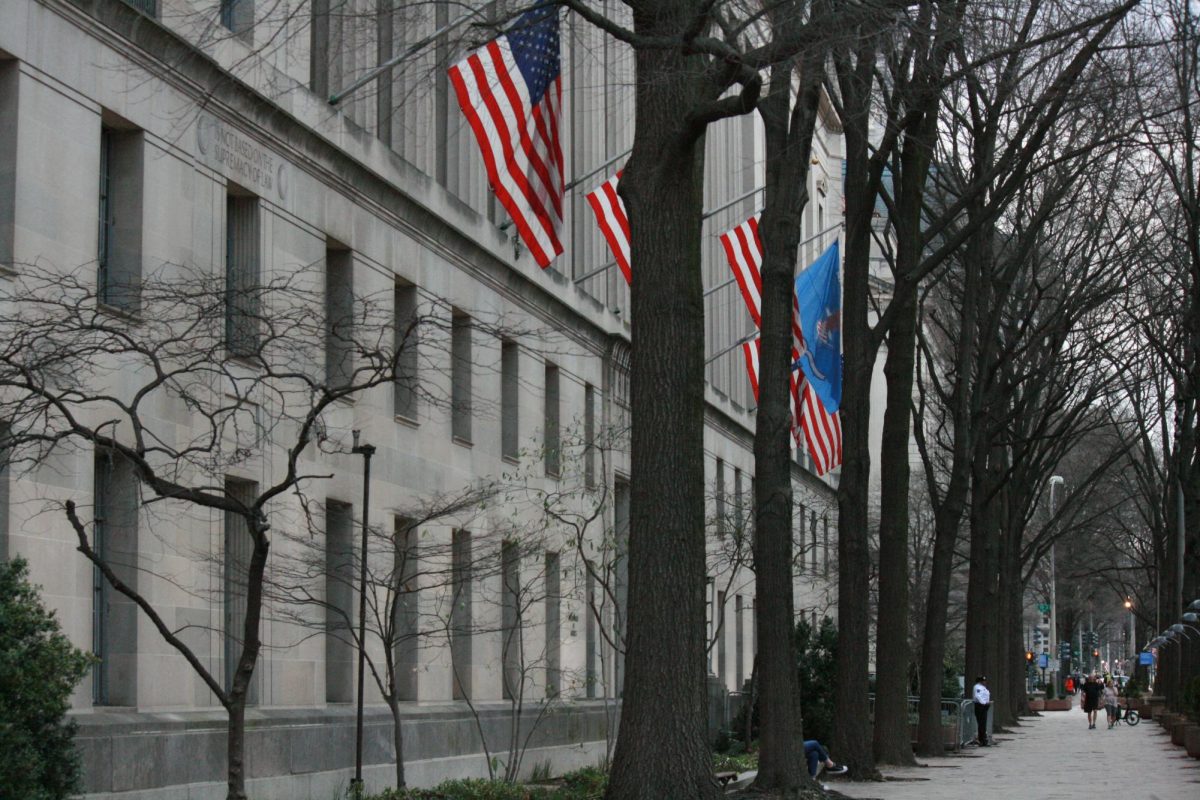The arts programs at the U of C are in the midst of a widespread and extensive restructuring process that is intended to transform disciplines traditionally underemphasized at the University.
In recent talks, President Robert Zimmer has stressed the need for greater collaboration with city and neighborhood organizations and museums, the creation of a Center for Performing Arts, and the integration of artistic resources such as Court Theatre and the Smart Museum into undergraduate studies.
“It’s a really important part of our broader strategy to improve the University,” Assistant Vice President for Student Life Bill Michel said. “We’re working toward some programs that are really going to increase and improve the opportunities on campus for the study and appreciation of the arts.”
The Arts Clarity Group (ACG), a board consisting of the directors of campus professional arts organizations, chairs of arts-related academic units, and the deans and deputy deans of the College and Humanities division, has taken the lead in strengthening the arts at the University. The board was created in response to a 2001 report that found “the absence of a clear sense of how [the arts] fit into the University’s larger mission.”
Other reforms being considered by the ACG include adding more arts residencies and fellowships, a renovation of Mandel Hall, expansions of the Smart Museum and Court Theatre, the purchase of permanent student gallery space, and the creation of new full-time faculty positions within the Humanities division.
Dawn Helsing, executive director of Court Theatre and cochair of the ACG, recognized the need for a University-led drive to support the arts.
“The Hyde Park area is a hub of diverse and rich arts activity in this city. There’s so much that we need to do to raise our profile and engage more visitors and residents,” she said. “The University plays a central role, in no small measure because of the distinctive interdisciplinary arts scholarship and creativity being generated throughout campus.”
Larry Norman, deputy dean of the Humanities Division and cochair of the ACG, wrote in an e-mail that ACG reforms are actionable proposals that are intended to increase the influence of arts on campus.
“The University’s commitment to the arts is best witnessed by the fact that the Arts Clarity Group’s catalog of ongoing initiatives represents not a fanciful wish list for the future, but instead the reality of recent advances by our arts programs and of their collaborative work together,” he said. “Much remains to be done, but progress in recent years has been great.”
Although those involved in the process heralded the progress already made, pointing to recent guest artist programs, new hires, and curriculum development, many arts students expressed the opinion that their discipline is underappreciated at the U of C.
“I came to the U of C because I wanted a good liberal arts education, and being well rounded is important to me and will surely make me a better artist, but I don’t think arts are taken seriously enough at the U of C,” second-year Theater and Performance Studies major Victoria Bartley said. “The thought of new spaces in which various artists of all types could collaborate and facilitate their work is fantastic. The arts programs here are growing, and the need for space is growing, and in a number of years, the University will no longer be able to ignore this problem.”
Humanities faculty and students emphasized that new facilities are necessary if the U of C intends to avoid serious problems with overcrowding and insufficient resources in its art programs. Michel said the development office created a new position substantially devoted to arts fundraising, and the administration has stressed the importance of arts donations.
“There remains much to be done, and our physical facilities clearly are not adequate for the vitality of the current programming, little less its future growth,” Norman said. “That is one of the great challenges that faces us now.”







